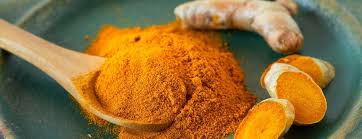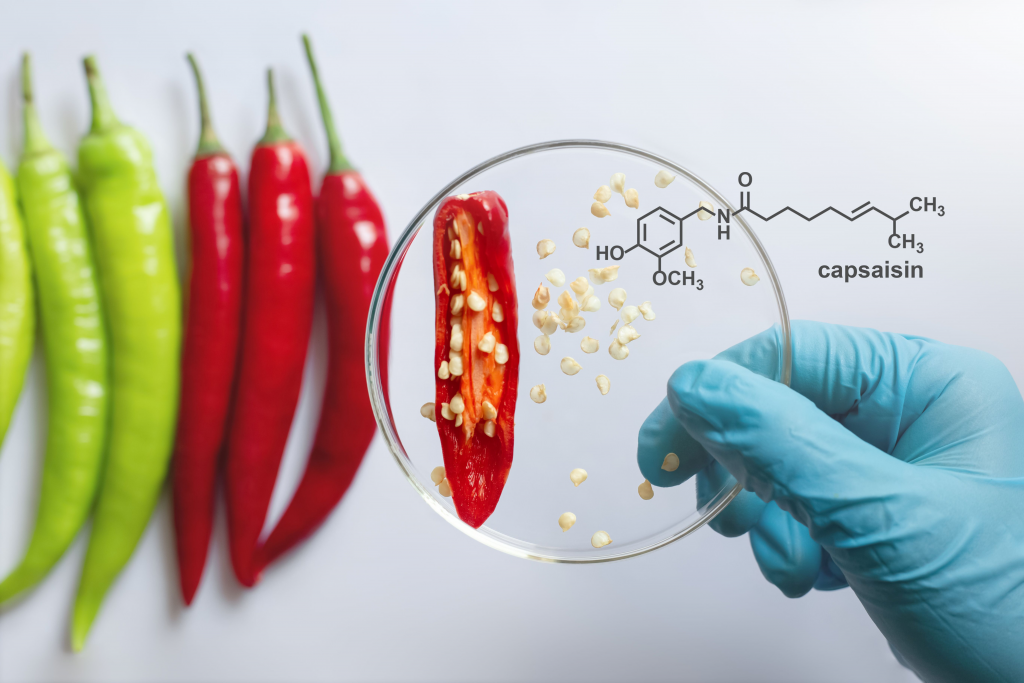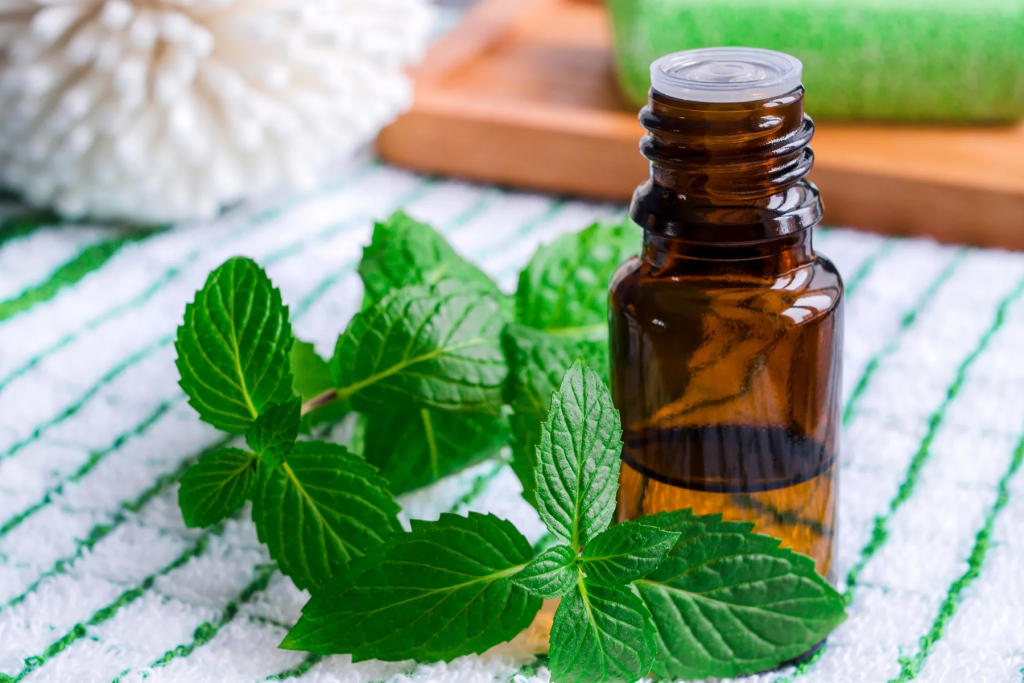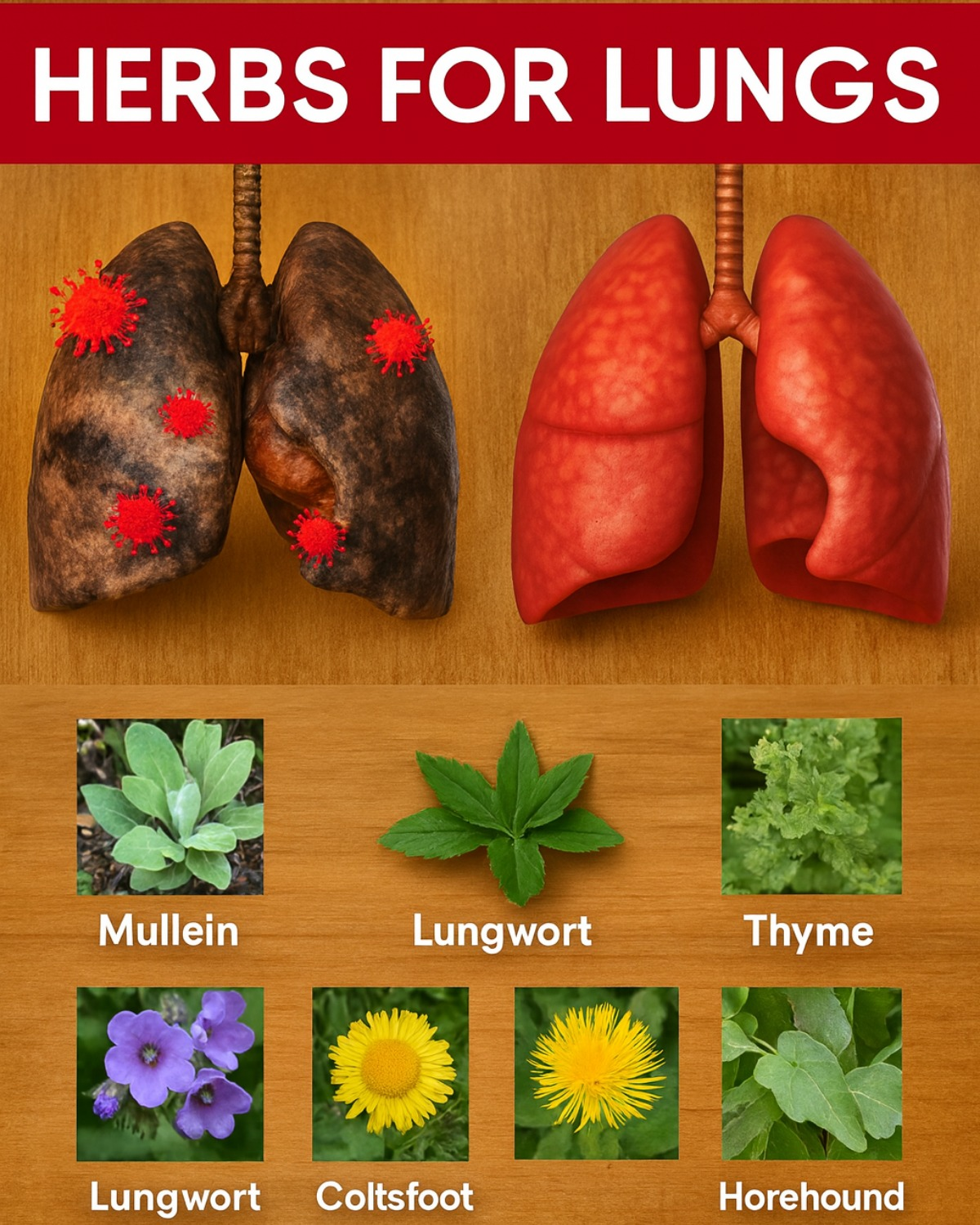Did you know that over 20% of adults experience chronic pain, often relying on medications with unwanted side effects? Nature offers powerful alternatives that have soothed discomfort for centuries. From turmeric’s anti-inflammatory magic to lavender’s calming relief, these remedies can help with headaches, joint pain, or muscle soreness. In this guide, we’ll explore the top 10 science-backed natural painkillers, how to use them, and practical tips to maximize their benefits. Whether you’re seeking relief from arthritis or a post-workout ache, you’ll find effective, chemical-free solutions to feel better naturally. Let’s dive into these time-tested remedies and reclaim your comfort!

Why Choose Natural Painkillers
Synthetic pain relievers like ibuprofen can cause stomach issues or liver strain with long-term use. Natural painkillers, derived from plants, minerals, or foods, offer gentler alternatives with fewer side effects. A 2023 study in Pain Medicine found that natural anti-inflammatory compounds can reduce pain by up to 30% in conditions like arthritis. These remedies work by targeting inflammation, blocking pain signals, or relaxing muscles. They’re affordable, accessible, and easy to incorporate into daily life, making them ideal for those seeking holistic pain management.
Top 10 Natural Painkillers
These 10 natural remedies are backed by science and tradition for effective pain relief. Here’s how they work and how to use them:
Turmeric: The Anti-Inflammatory Spice
Turmeric’s active compound, curcumin, reduces inflammation, making it ideal for arthritis, joint pain, and muscle soreness. A 2022 study in Frontiers in Pharmacology showed curcumin reduced arthritis pain by 25% when paired with black pepper for better absorption.
How to Use:
- Add 1 teaspoon of turmeric to smoothies, soups, or tea daily.
- Mix with a pinch of black pepper to enhance effectiveness.
Tip: Choose organic turmeric to avoid contaminants.

Ginger: Soothes Cramps and Aches
Ginger blocks inflammatory compounds, easing menstrual cramps, migraines, and post-exercise muscle pain. A 2021 study in Phytotherapy Research found ginger reduced migraine severity in 60% of participants.
How to Use:
- Brew fresh ginger tea by steeping 1-inch sliced ginger in hot water for 10 minutes.
- Add grated ginger to stir-fries or smoothies.
Success Story: Lisa, a 30-year-old runner, used ginger tea to ease post-run soreness and felt relief within days.
Willow Bark: Nature’s Aspirin
Willow bark contains salicin, a natural pain reliever similar to aspirin. It’s effective for headaches, back pain, and osteoarthritis. A 2020 study in Rheumatology International confirmed its benefits for lower back pain.
How to Use:
- Brew willow bark tea or take as a supplement (follow package instructions).
- Consult a doctor for proper dosage.
Caution: Avoid if allergic to aspirin, pregnant, or giving to children.
Capsaicin: Chili’s Pain-Blocking Heat
Capsaicin, found in chili peppers, blocks pain signals to the brain, relieving nerve, joint, and muscle pain. A 2023 study in Journal of Pain Research showed capsaicin cream reduced neuropathic pain by 20%.
How to Use:
- Apply capsaicin cream (0.025%-0.075%) to affected areas 2-3 times daily.
- Wash hands thoroughly after use to avoid irritation.
Tip: Start with a low concentration to test skin sensitivity.

Cloves: Toothache and Pain Reliever
Cloves contain eugenol, a natural anesthetic and anti-inflammatory, ideal for toothaches and muscle pain. A 2021 study in Journal of Dentistry found clove oil reduced dental pain significantly.
How to Use:
- Apply diluted clove oil to sore areas or chew a whole clove for tooth pain.
- Mix with a carrier oil for topical use.
Real-Life Example: Mark, a 45-year-old teacher, used clove oil for a toothache and found relief within hours.
Lavender Essential Oil: Calming Pain Relief
Lavender’s soothing properties reduce migraines, neck pain, and post-surgical discomfort. A 2022 study in Complementary Therapies in Medicine showed inhaling lavender oil reduced migraine severity by 30%.
How to Use:
- Add 3-5 drops to a diffuser for inhalation.
- Dilute with a carrier oil and massage onto temples or sore areas.
Tip: Use at bedtime to promote relaxation and pain relief.
Peppermint Oil: Cooling Muscle Soother
Peppermint’s menthol content provides a cooling effect, easing tension headaches, muscle pain, and digestive discomfort. A 2020 study in Neurology found peppermint oil reduced headache frequency in 50% of users.
How to Use:
- Dilute 2-3 drops with a carrier oil and massage onto temples or muscles.
- Inhale via a diffuser for headache relief.
Success Story: Sarah, a 35-year-old nurse, used peppermint oil for tension headaches and felt relief within 20 minutes.

Boswellia: Arthritis and Inflammation Fighter
Boswellia (frankincense) reduces inflammation, making it effective for arthritis, asthma, and inflammatory bowel disease. A 2023 study in Arthritis Research & Therapy showed boswellia reduced joint pain by 35%.
How to Use:
- Take as a supplement (300-500 mg daily) after consulting a doctor.
- Apply boswellia cream to inflamed joints.
Tip: Look for standardized extracts for consistent potency.
Magnesium: Muscle and Nerve Support
Magnesium regulates muscle and nerve function, reducing pain from migraines, fibromyalgia, and muscle cramps. A 2021 study in Headache linked magnesium supplementation to fewer migraine attacks.
How to Use:
- Eat magnesium-rich foods like spinach, almonds, or black beans.
- Take a supplement (200-400 mg daily) as advised by a doctor.
Case Study: David, a 40-year-old office worker, added magnesium-rich foods and saw fewer migraines after a month.
Omega-3 Fatty Acids: Joint and Back Pain Relief
Omega-3s, found in fatty fish, flaxseed, and walnuts, reduce inflammation, easing joint and back pain. A 2022 study in Rheumatology found omega-3 supplementation reduced arthritis pain by 20%.
How to Use:
- Eat fatty fish (salmon, mackerel) twice weekly.
- Add flaxseed to smoothies or take fish oil supplements (1-2 g daily).
Tip: Choose high-quality fish oil to avoid contaminants.

| Painkiller | Key Component | Best For | How to Use |
|---|---|---|---|
| Turmeric | Curcumin | Arthritis, muscle pain | 1 tsp in food/drinks |
| Ginger | Gingerol | Migraines, cramps | Tea or in meals |
| Willow Bark | Salicin | Headaches, back pain | Tea or supplement |
| Capsaicin | Capsaicin | Nerve, joint pain | Topical cream |
| Cloves | Eugenol | Toothache, muscle pain | Oil or whole clove |
| Lavender Oil | Linalool | Migraines, neck pain | Inhale or massage |
| Peppermint Oil | Menthol | Headaches, muscle pain | Massage or inhale |
| Boswellia | Boswellic Acids | Arthritis, inflammation | Supplement or cream |
| Magnesium | Magnesium | Migraines, cramps | Foods or supplement |
| Omega-3s | EPA/DHA | Joint, back pain | Foods or supplement |
How to Incorporate These Painkillers
Adding these remedies to your routine is simple and effective. Here’s a practical plan:
Daily Habits
- Morning: Add turmeric and ginger to a smoothie or tea.
- Meals: Include omega-3-rich foods like salmon or flaxseed in lunch or dinner.
- Snacks: Munch on almonds or walnuts for magnesium and omega-3s.
Topical Applications
- Apply capsaicin cream or diluted peppermint/lavender oil to sore areas after a shower.
- Use clove oil for tooth pain as needed, ensuring proper dilution.
Weekly Plan
- Monday: Ginger tea and magnesium-rich spinach salad.
- Wednesday: Salmon with asparagus and a turmeric latte.
- Friday: Dark chocolate dessert and lavender oil massage.
- Sunday: Oyster dinner for a zinc and omega-3 boost.
Tip: Keep a pain journal to track which remedies work best for you.
Precautions and Potential Side Effects
While natural, these remedies require careful use:
- Allergies: Test for allergies to cloves, lavender, or shellfish (oysters for zinc).
- Medication Interactions: Willow bark, ginger, and boswellia may interact with blood thinners or NSAIDs. Consult a doctor.
- Overuse Risks: Excessive capsaicin or peppermint oil can irritate skin; use sparingly.
- Not for Everyone: Avoid willow bark in children or if pregnant. Check with a healthcare provider for chronic conditions.
If pain persists or worsens, seek medical advice to rule out underlying issues.
Real-Life Success Stories
These remedies have helped many manage pain naturally. Take Emily, a 38-year-old yoga instructor, who used turmeric and ginger tea to ease arthritis pain. “My joints feel less stiff, and I’m moving better,” she shared after six weeks.
Similarly, Tom, a 50-year-old construction worker, applied capsaicin cream for back pain. “It’s a game-changer for long workdays,” he said. These stories show how natural painkillers can fit into busy lives with real results.
Frequently Asked Questions
How long do natural painkillers take to work?
Some, like peppermint oil, offer relief within 20-30 minutes. Others, like turmeric or omega-3s, may take 2-4 weeks for noticeable effects.
Can I combine these remedies?
Yes, but start with one or two to monitor effects. Avoid combining willow bark with other blood-thinning remedies.
Are these safe for chronic pain?
They can support pain management but aren’t a cure. Consult a doctor for chronic conditions like fibromyalgia.
Can children use these remedies?
Avoid willow bark and essential oils for children. Ginger or honey (for ages 1+) may be safe in small amounts, but check with a pediatrician.
This content is for informational purposes only and does not replace professional medical advice. Always consult a healthcare provider for personalized guidance.




